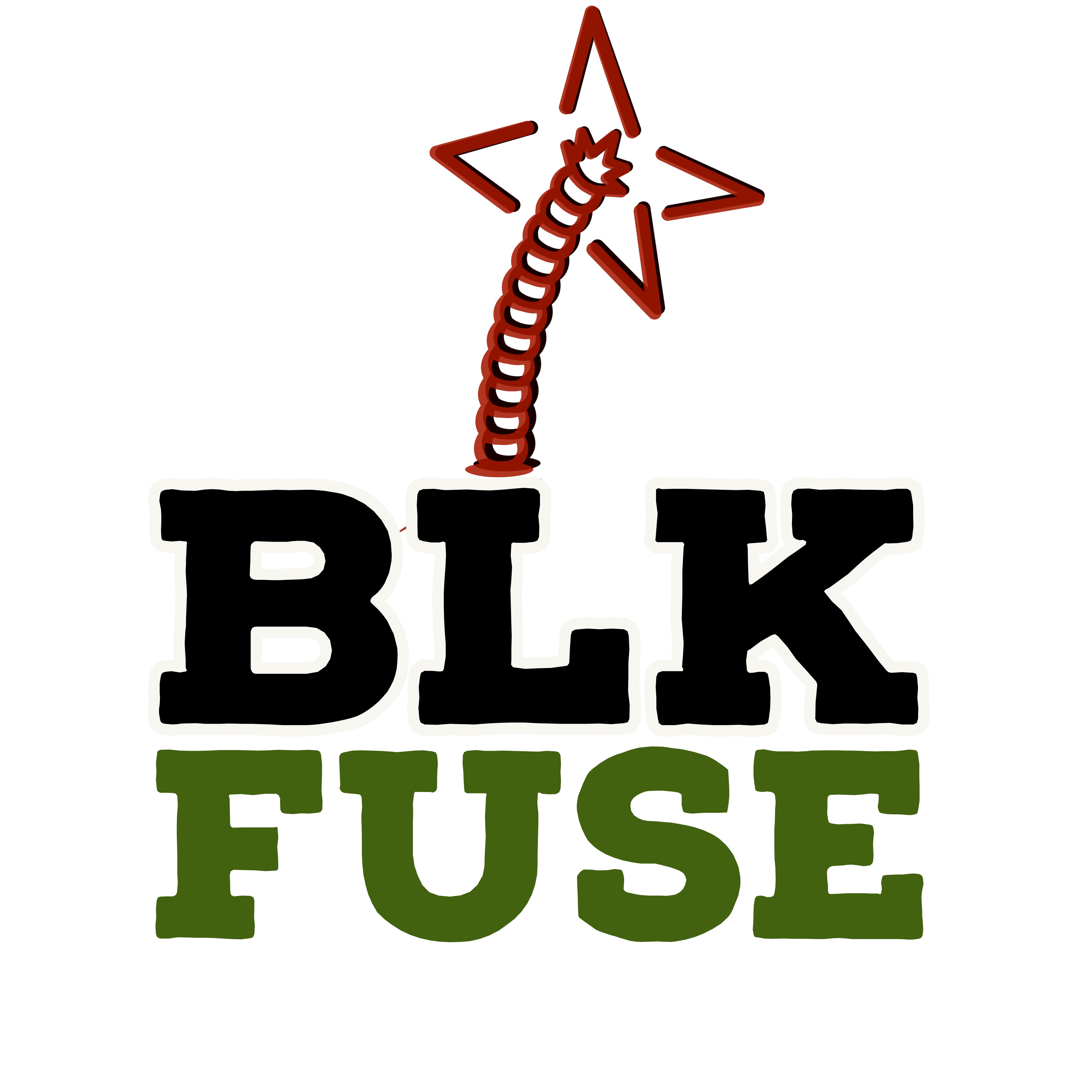"A common tactic for mobile games or other games using microtransactions, is to make the currency," an anonymous employee who works within the mobile game industry has told me. "Like in the event that I buy $1, it could result in two types of currencies (gold and jewels for instance). It is helpful to obscure the real value of the money since there's no single conversion. And, we also purposefully include less expensive deals alongside other deals to make others appear more lucrative and D2R Items users feel they're smarter when they save out and getting the other deals."
"In the organization I was in, there were weekly events with prizes that were unique and they were designed to let you [...] win it using exclusive in-game currency that would allow you to take home one of the main prizes. But designers also had to add additional milestone prizes following the primary prize, which would usually require spending real cash to be able to win the competition. Many of our milestones and measures to determine the success of an event is obviously how much people put into. We did track sentiment, but I think the higher-ups have always been more interested in whether that event helped people spend."
Real-time transactions don't have a new look at all by any stretch imagination. Diablo 2 Resurrected didn't pioneer them however it would be false to say that this is a truth. This action-RPG by Blizzard isn't really the primary reason, but rather an unbalanced mix of hundreds of free-to-play mobile as well as PC games. With two distinct Battle Passes that each have specific rewards that are unique to a particular character (and not part of your overall roster) as well as too many different currencies for a typical player to track Diablo 2 Resurrected 's financial system reads like a giant mobile market.
The practices, even if they're received with apprehension are now commonplace within the entire industry. You could argue that the popularity of loot box or other real-money transactions within AAA games have created this type of market that is a predatory one, but the more that AAA gaming shifts toward the model of games-as-a-service and the more it shares similarities with game-based mobile apps that've existed in this wildly popular field for nearly a decade.
And this isn't just apparent in the use of money to purchase items, but also in gacha mechanics as well as in the information about drop rates in more difficult items. Gacha is the act of using in-game currency whether it was free or purchased via an in-game store, to obtain something at random items, such as equipment pieces in the case of Dissidia Final Fantasy Opera Omnia, or characters in the ever-popular (and persistant) Fate/Grand Order or Genshin Impact.
In the case of Diablo 2 Resurrected they use Legendary Crests (which can be purchased or earned) to increase the chances of a five-star gem showing up in endgame dungeons. Although it's not exactly traditional in its presentation (most gacha are performed by "rolling" in a limited-time banner) Players are engaged in the same kind of randomness similar to. In many ways this, it's like the Diablo franchise was working towards these mechanisms since the beginning of its existence, such as Maddy Myers wrote a few weeks ago.
Diablo 2 Resurrected also, in the simplest terms, takes directly from an "feeding" technique that many Japanese, Korean, and Chinese mobile games have normalized for over 10 years. "Feeding" is the process of increasing the stats, attributes, or the rarity of an item by making duplicates of a drop. These duplicates are then fed to an item with similar rarity, which increases the cheap D2R Ladder Items overall stats of an item. Generally, five copies are required in order to max the character or item.
